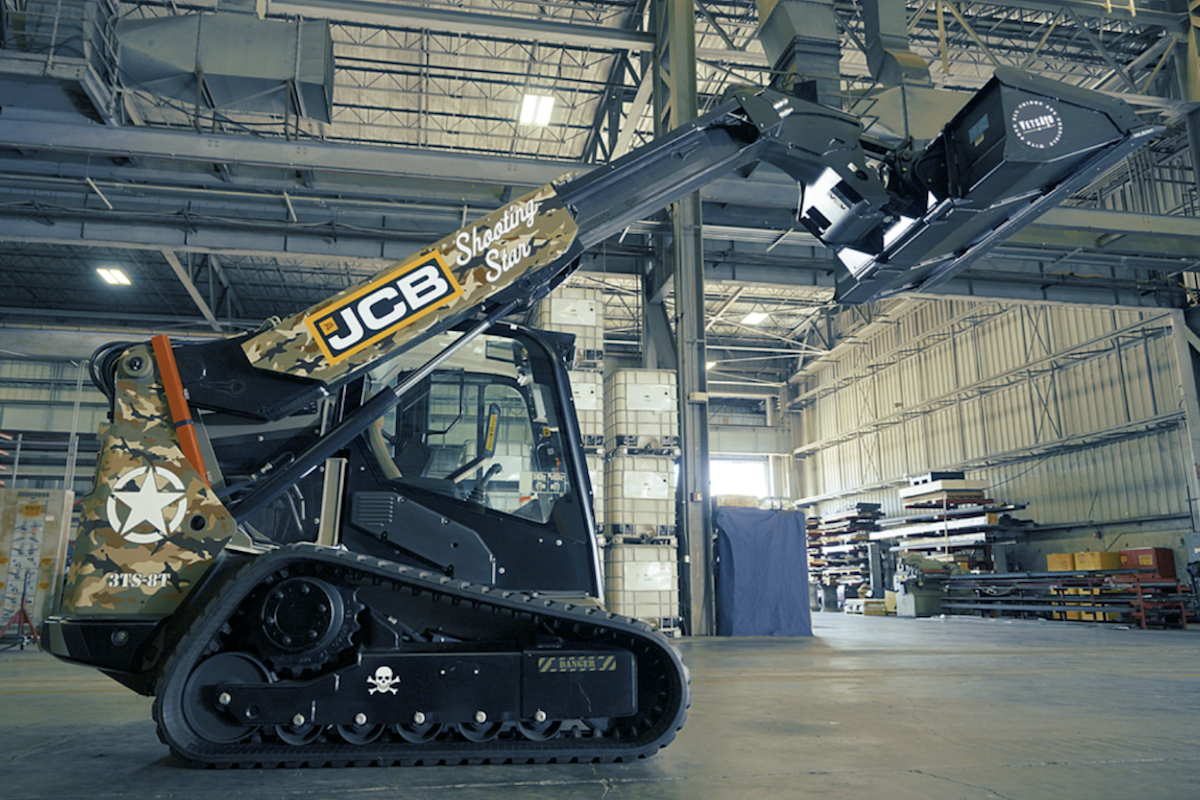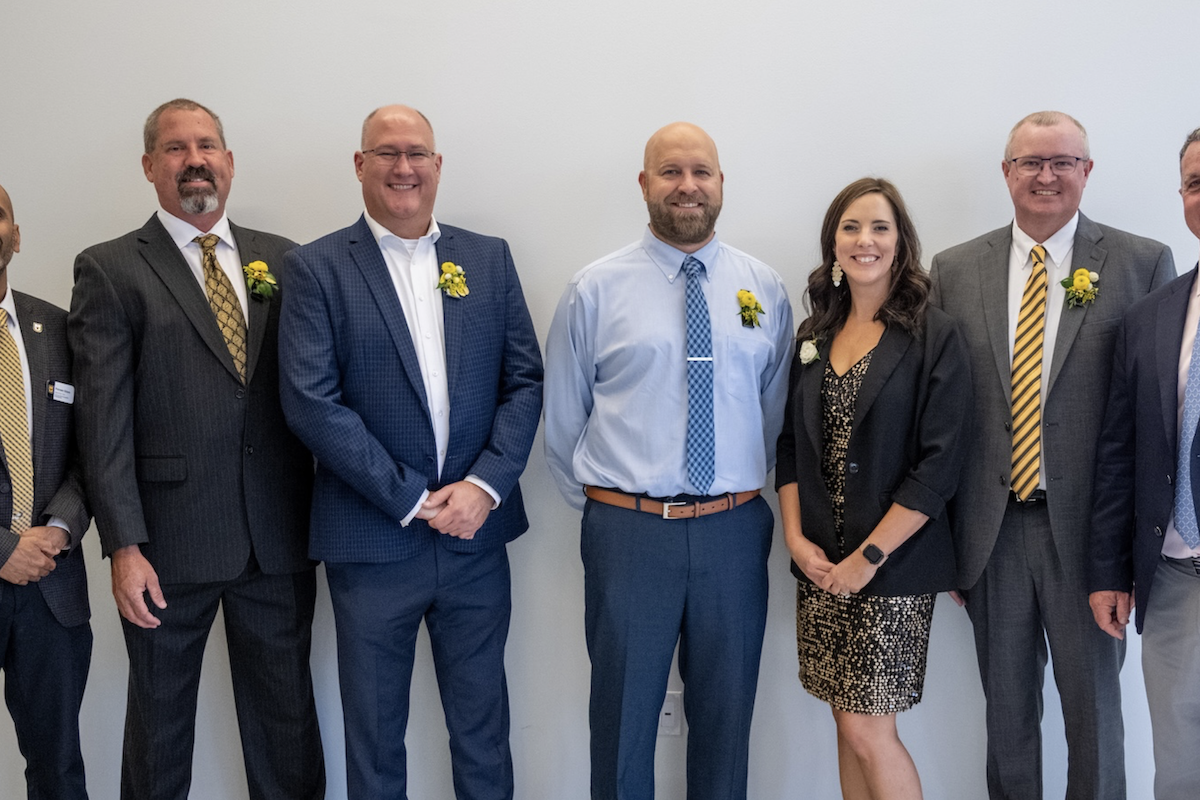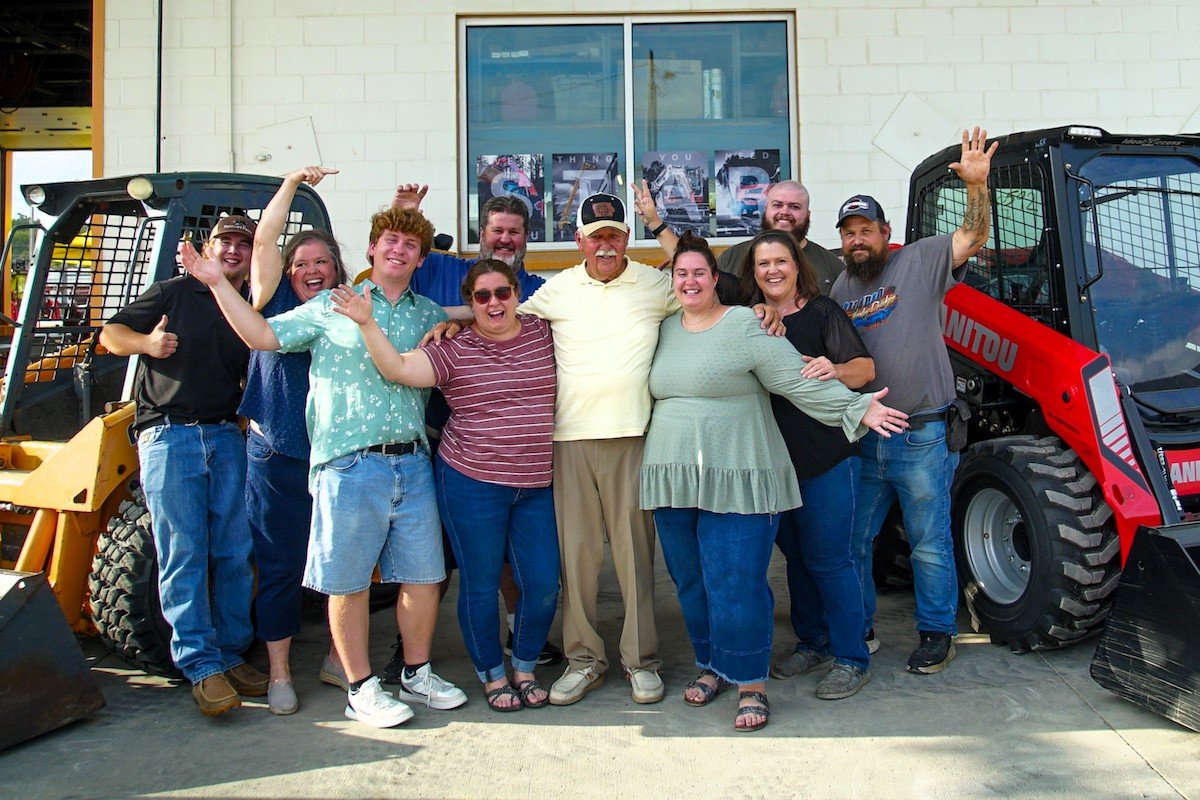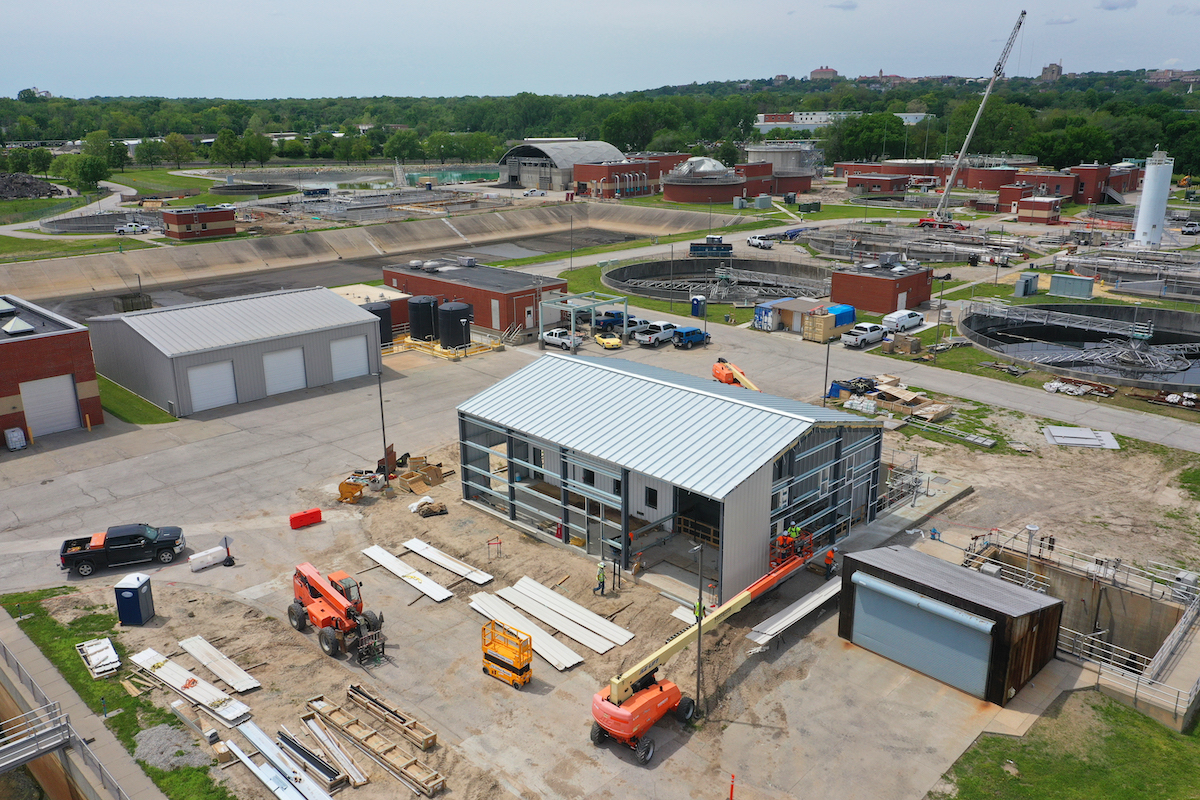“The pavement over a 10-mile stretch was in pretty dire need of repair, and within the I-675 corridor, every bridge in that section needed some sort of rehab,” says Adam Treiber, the Project Engineer and Manager with ODOT. “So we lumped it into one project.”
I-675 has three lanes in each direction and shoulders. ODOT Engineer Garrett Freeman was the lead designer. WSP of Cincinnati; QCS of Cleveland; and TRUE Inspection Services of Urbana, Ohio, have served as consultant inspectors.
John R. Jurgensen Co. of Cincinnati received the construction contract in October 2019. The family-owned firm was established in 1934 and specializes in heavy highway construction, and asphalt production, paving and milling. Jurgensen brought in several subcontractors to complete the work, including Complete General Construction Co. of Columbus, Ohio, for the bridge work.
As is common for ODOT, the department informally partnered with Jurgensen to plan and discuss the work “early and often,” Treiber says.

| Your local Topcon Positioning Systems Inc dealer |
|---|
| Star Equipment LTD |
The team had to coordinate not only within this lengthy project, but also with other projects in the region – including an adjacent paving job in another district – and to avoid construction activities during events at the Nutter Center at Wright State University.
“Communication was excellent on this project,” says Liz Lyons, Public Information Officer for ODOT.
Some of the bridges carried interstate traffic and others local streets over the interstate. On the structures, “some required significant work, and some were fairly minor repairs,” Treiber reports. The work included concrete deck sealing and joint repairs, placing concrete deck overlays, replacing bridge parapets on both sides of several bridges, and replacing approach slabs and vandal fencing. On a few of the bridges, crews painted the steel beams and bearings, while on others they replaced the bearings.
On some bridges, the approach slabs had sunken, so crews raised the elevation by injecting high-density polyurethane under the slabs to raise them up. No bridges required complete replacement.
“There was a wide range of rehab work,” says Josh Nichols, Project Manager for John R. Jurgensen.

| Your local Trimble Construction Division dealer |
|---|
| SITECH Central LLC |
| SITECH Midway |
“There were a lot of question marks, such as how to get people to the project and people riding in the same truck and maintaining 6 feet distances, masks and all of the COVID-19 guidelines to adhere to and try to make that work with everyday construction, ” Nichols says. “That was a major challenge, but we did end up working through those.”
Jurgensen switched to an e-ticketing system to digitally notify crews and inspectors about paving. Nichols adds that not all of the COVID-19 impacts were negative. For instance, the pandemic decreased the traffic volume and allowed crews to perform more work during the daytime hours.
“It set us up well for the success of the project,” Nichols says.
About 80,000 vehicles travel on I-675 in this area. Jurgensen kept a work zone traffic supervisor on the jobsite to manage potential incidents and traffic shifts. During construction, crews set up about 35 traffic configurations.
“One of the most challenge aspects was the amount of different traffic configurations,” Nichols says. “We were constantly switching traffic to get to the work.”

| Your local Gomaco dealer |
|---|
| Fabick CAT/MO |
| Road Machinery and Supplies Company |
The team employed various methods to manage the traffic during construction, including closing the ramps at U.S. 35 and I-675 for four months. Traffic was detoured to the next exit of the interstate.
Other ramps were closed at night for paving and a variety of reasons. In some areas, Jurgensen set up long-term, one-way alternating traffic on side roads. Crews also deployed digital, variable speed limit signs to decrease vehicles’ speed when workers were present and encourage drivers to choose alternate routes.
On the interstate, Jurgensen used weekend closures when placing overlays and contra-flow lanes, shifting traffic through the median to the lanes in the opposite direction, to make a bigger work area.
“The significant maintenance of traffic challenges were interesting, and we were proud we could work through them,” Treiber recalls.
Jurgensen routinely recycles asphalt on all of its projects. The milled asphalt is hauled to one of its asphalt plants to process into new asphalt paving material. On this job, the company milled and recycled 80,000 tons of asphalt from the roadway.

| Your local Manitou dealer |
|---|
| Star Equipment LTD |
The company used a variety of equipment for the resurfacing aspects of the project, including Wirtgen W250 and W210 Milling Machines; a Roadtec transfer machine, which moves the asphalt to the paver; a Caterpillar AP1055 Paver; and BOMAG BW190 and Caterpillar CB54 Rollers. Other equipment included excavators and dozers.
Most of the work has been completed, and Treiber reports, “It’s a smooth ride, and it’s a good quality product.”
The final project will wrap up this summer.
“I’m proud of the amount of work we got done in the first year,” Nichols says. “To work through the COVID-19 regulations and get the amount of work we got done was impressive.”
Photos courtesy of the Ohio Department of Transportation

| Your local Leica Geosystems Inc dealer |
|---|
| Laser Specialist inc |







































































